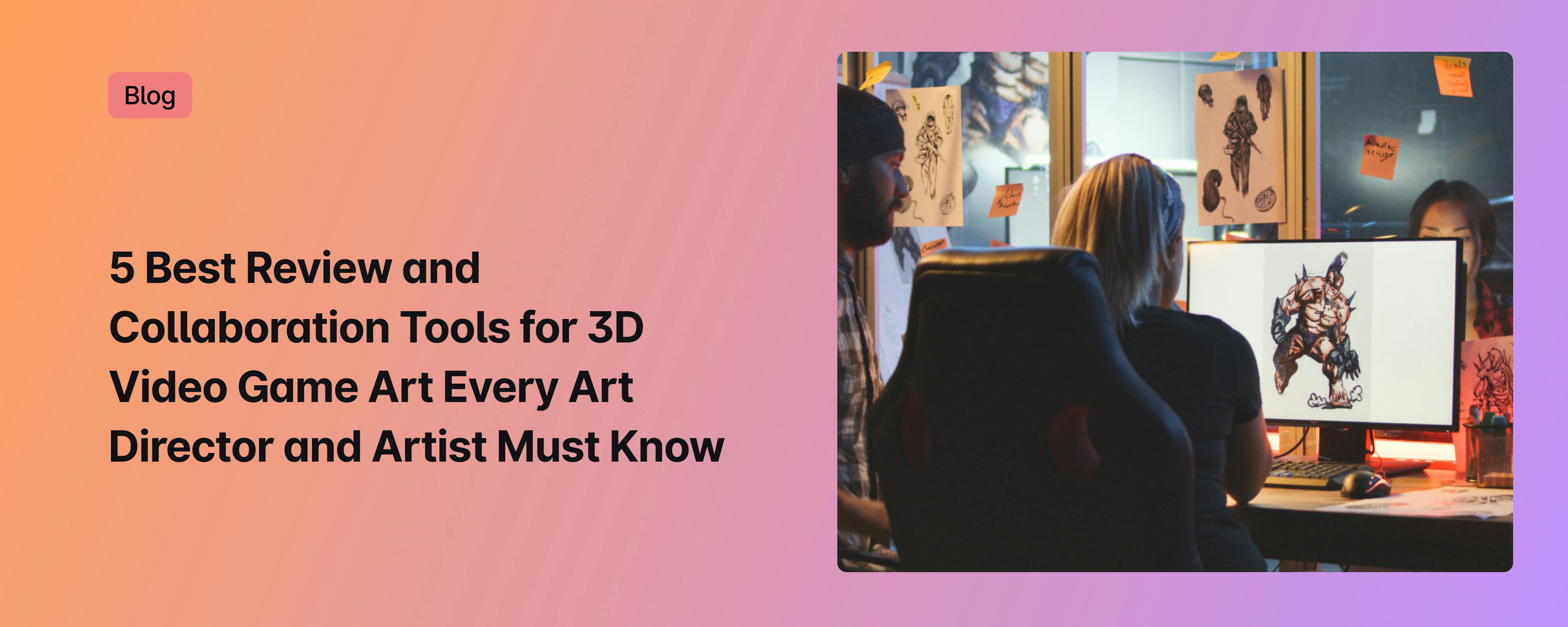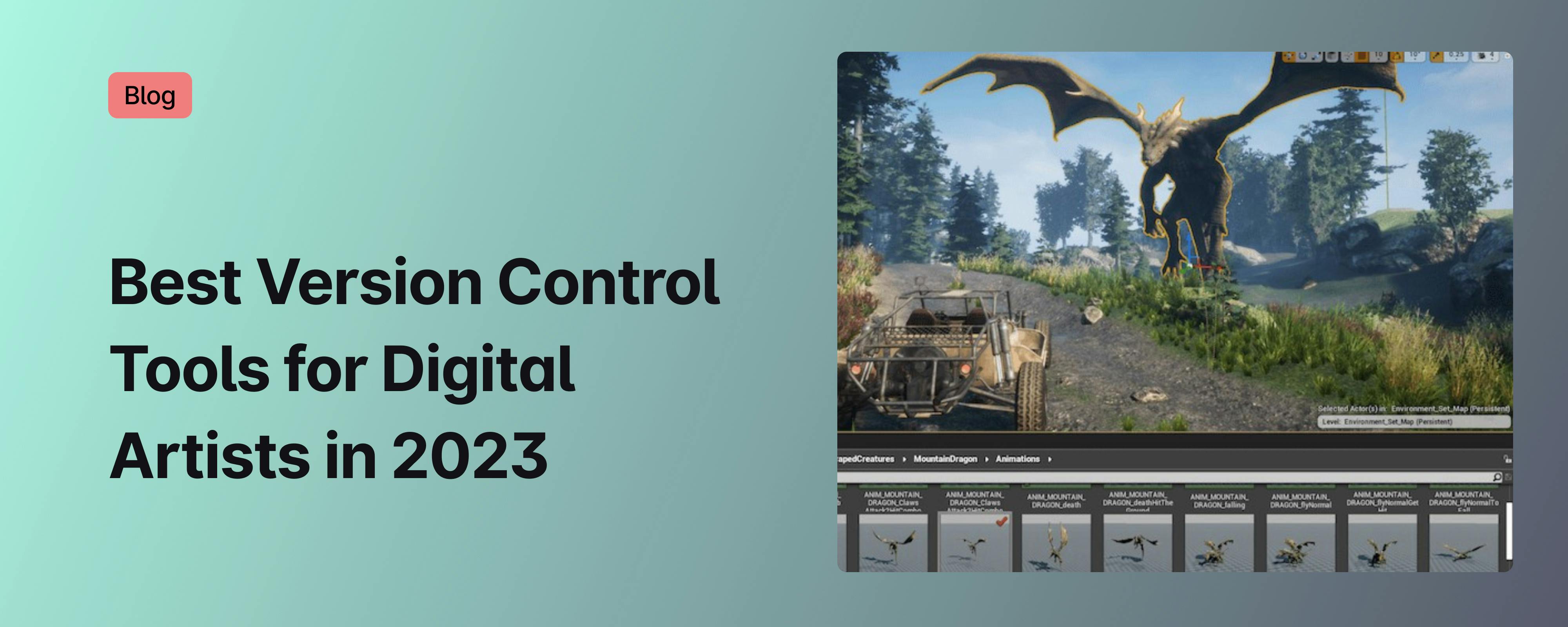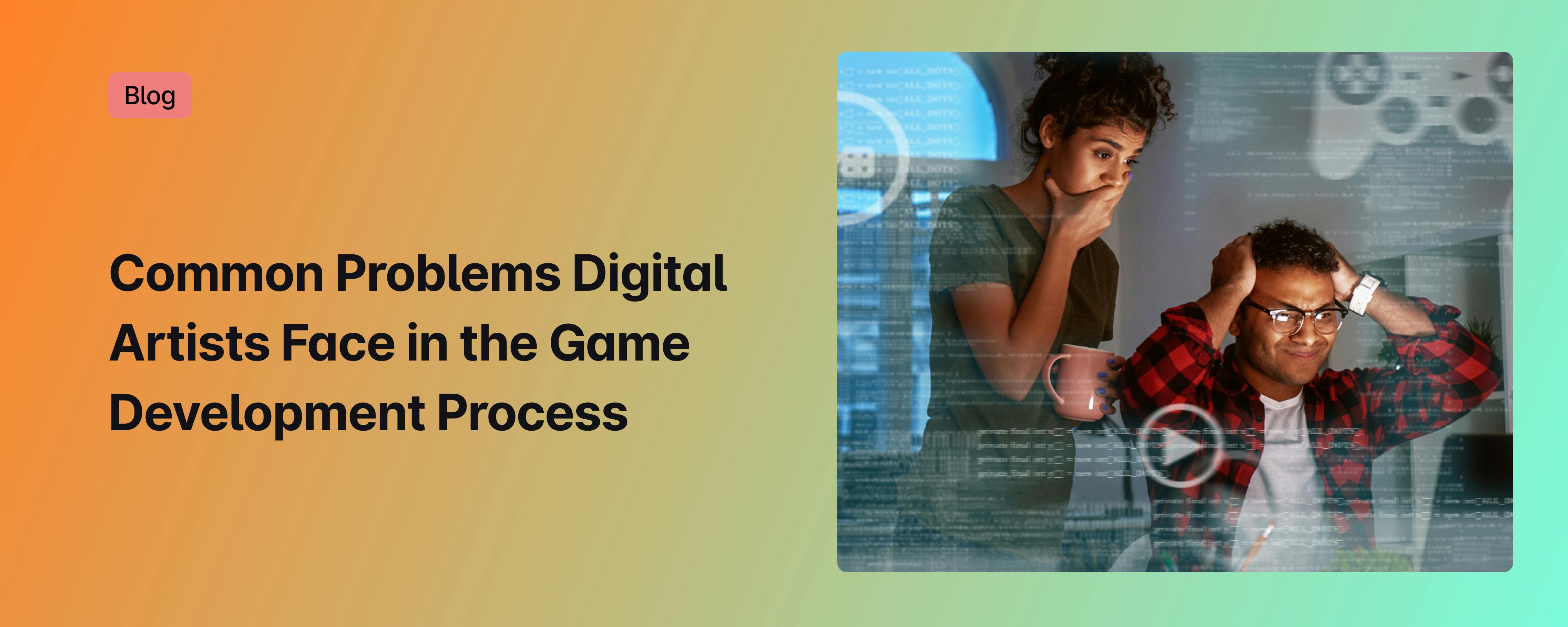Creative Early Marketing Strategies for Small Game Studios
Building an Audience for Your Game Before Launch

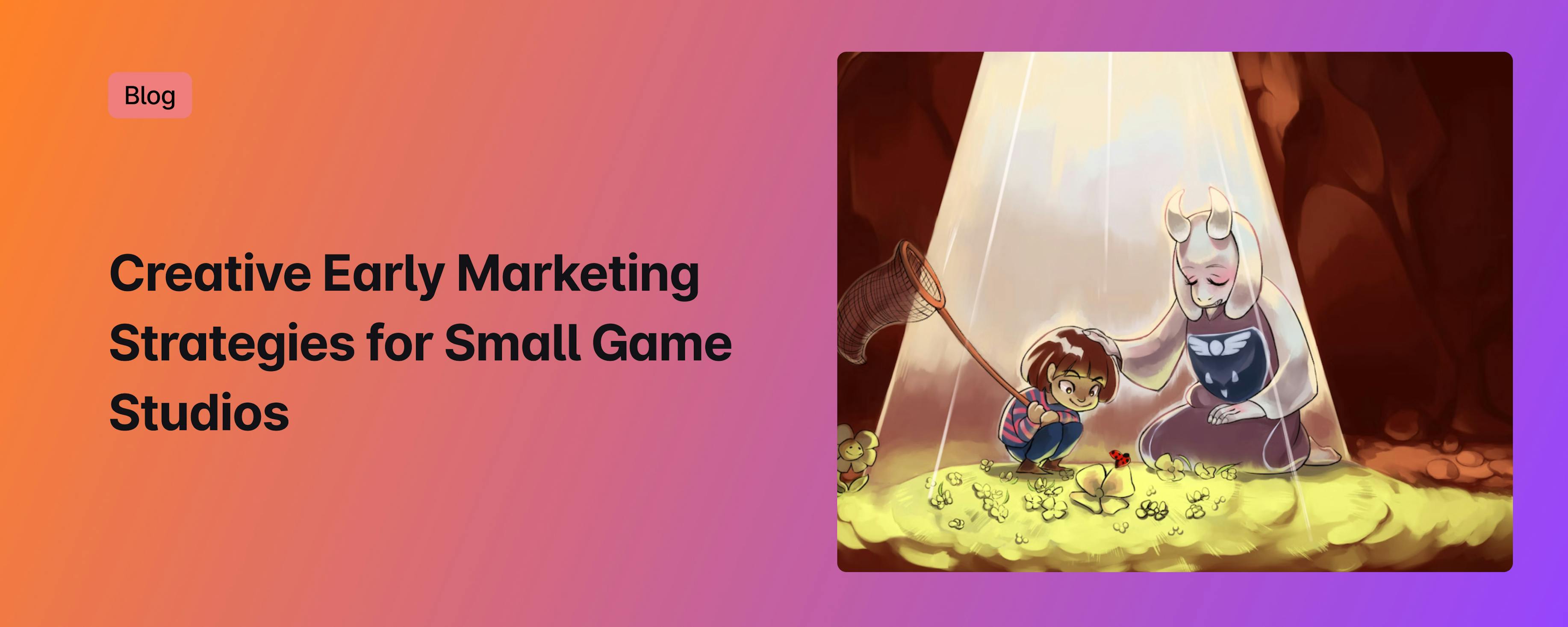
Effective early marketing strategies can be challenging to come up with, but with a good dose of creativity and a strong understanding of your audience, small studios can accomplish a lot to generate buzz around their game before it even launches. In this blog article, we will look at some of the effective early marketing strategies that have contributed to the widespread success of games like Hollow Knight and Undertale, and offer advice for small studios on how they can get creative with their own early marketing.
Marketing a game can be challenging for any studio but especially difficult for small studios with limited resources. With a solid marketing strategy and some creative approaches, small studios can make their games stand out in a crowded market and build a strong community around their games.
One key to success is to start thinking about marketing your game early in the development cycle. Engaging with your target audience early on can create a sense of inclusion, build trust, and get valuable feedback to improve your game. This article will explore the importance of early marketing planning, tips for defining your target audience, and creative marketing strategies that can help small game studios get the attention their games deserve.
Benefits of early marketing strategies
Early marketing planning is a critical step in the game development process and has numerous benefits that can significantly impact the success of your game. Some of these benefits include:
- Better understanding your target audience: By starting your marketing efforts early, you can gather data and insights about your target audience, allowing you to tailor your marketing strategy to their needs and preferences.
- More time to build a strong brand: Early marketing planning gives you more time to establish a strong brand voice and identity for your game. A strong brand voice can be significant for small studios looking to stand out in a crowded market.
- Increased visibility: Launching a marketing campaign early in development can help generate buzz for your game and increase visibility among potential players. Early marketing can lead to a more extensive player base and more exposure for your game.
- Better coordination with development: By involving your marketing team in the development process early on, you can ensure that your marketing and development efforts are aligned. Coordinating with your marketing team can create a more cohesive game experience and a better marketing campaign.
- Improved launch timing: Early marketing planning can help you identify the best time to launch your game and ensure that your marketing efforts are in place to support the launch. This can lead to a more successful launch and a stronger start for your game.
Defining your target audience
Defining your target audience involves determining the players most likely to be interested in your game. For instance, if your game is a strategic role-playing game, your target audience may be players who enjoy immersing themselves in complex stories and gameplay. A game like "Hollow Knight" by developers Team Cherry is an excellent example, as it has a solid following among players who enjoy challenging, story-driven games.
On the other hand, if your game is a multiplayer party game, your target audience may be players who want social and competitive gaming experiences, similar to the target audience for games like "Overcooked!," developed by Ghost Town Games and published by Team17.
By understanding and defining your target audience, you can tailor your marketing efforts to their specific needs and preferences, ultimately increasing the success of your game.
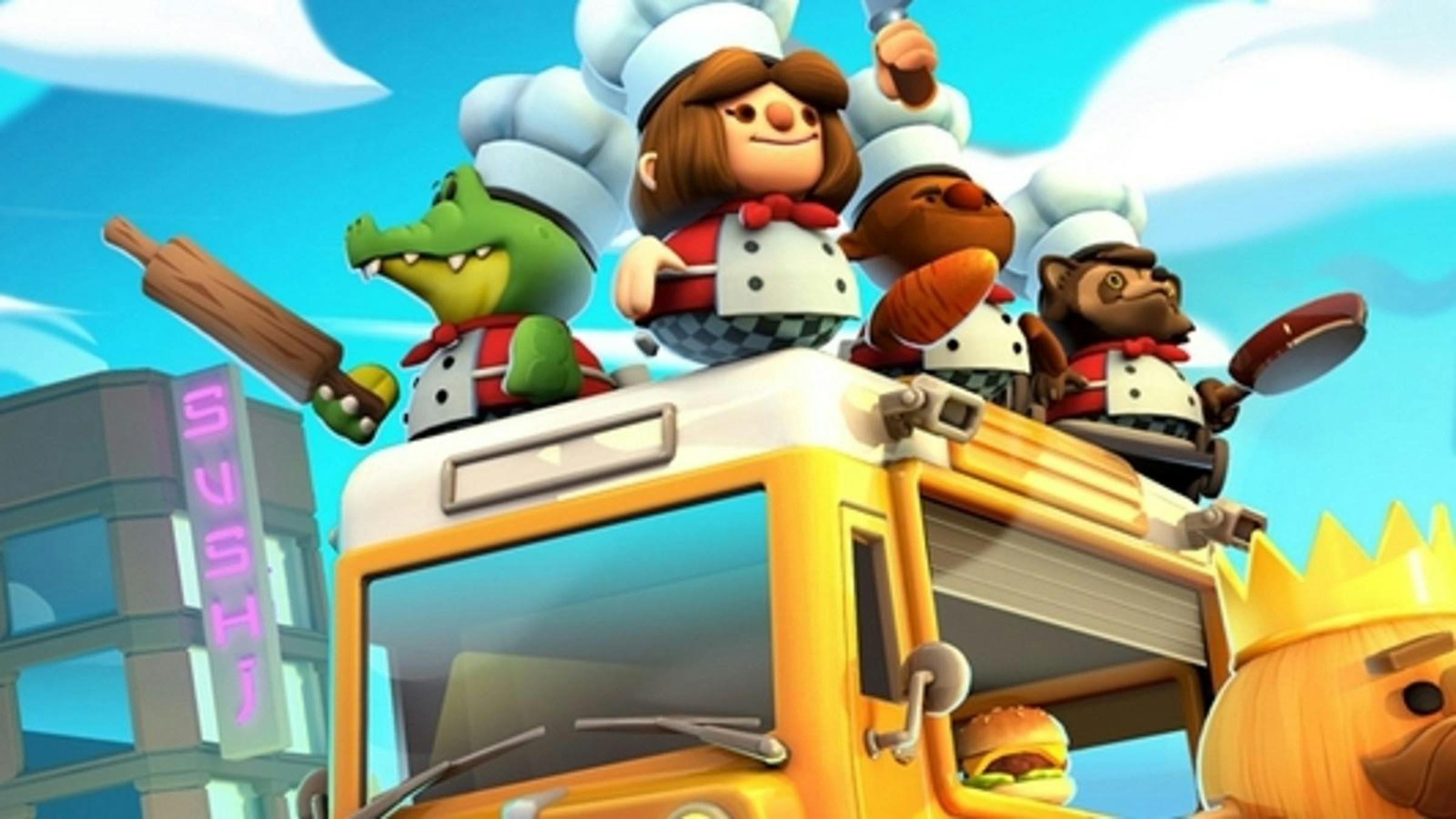
"Overcooked!," developed by Ghost Town Games and published by Team17 is a great example of a game franchise with a strong understanding of its audience that has maintained consistent marketing throughout its development.
Early engagement builds community around your game
Engaging with your target audience from the outset of game development can foster a sense of inclusion and community centered around the game. This approach creates transparency and builds trust with the audience, and enables players to provide feedback and suggest changes, making them feel like they have a stake in the game's development. This level of involvement and ownership can increase the game's engagement and excitement.
The value of word-of-mouth marketing
Early engagement can also drive word-of-mouth marketing, as invested and excited players naturally share their enthusiasm with others. This organic form of marketing can be invaluable for small studios that may need more resources for traditional marketing. Small studios can create a dedicated and passionate community to help spread the word and drive excitement for their game by inviting the audience to participate in its creation and fostering a sense of ownership.
Creative marketing strategies for small studios
Smaller game studios can benefit from getting creative with their marketing strategies. Don’t underestimate the value of content creators, Twitch streamers, and social media for generating buzz around your game early in its development.
Teaser Trailers and Promotional Videos
A well-crafted teaser trailer or promotional video can build excitement and get people to talk about your game. For example, "Dead Cells" developers and publishers Motion Twin released a series of trailers, gameplay footage, and developer diaries to give players a glimpse into the game's development. This approach helped build interest in the game, establish a strong brand voice, and build trust with their audience.
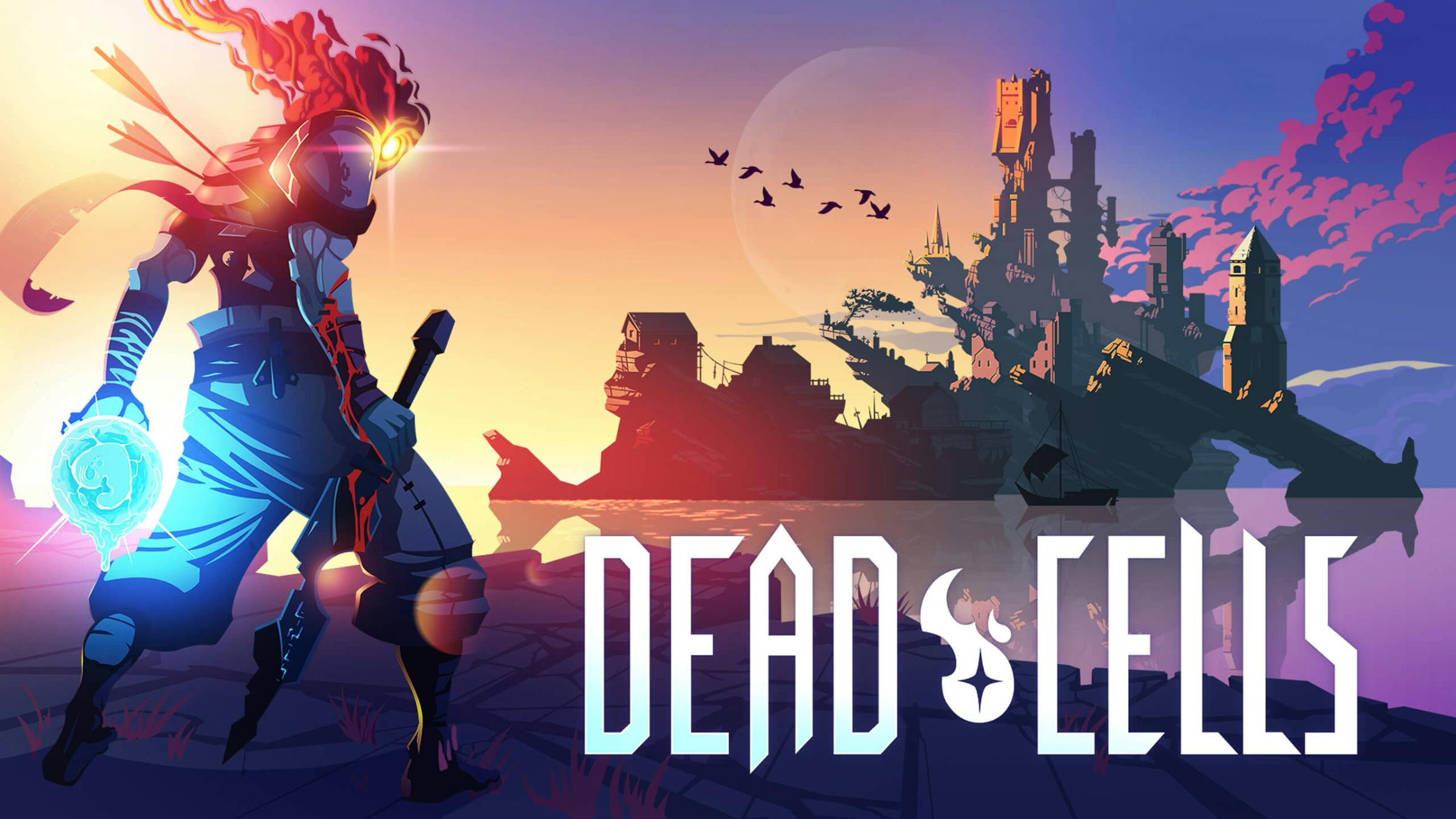
"Dead Cells" developers and publishers Motion Twin have done an excellent job at generating content to keep their fans engaged throughout the development cycle.
Social Media Presence and Engagement
Social media is a powerful tool for small studios, allowing you to reach a large audience and engage with fans in real-time. For instance, "Hollow Knight" has a solid social media presence, with regular updates, fan art features, and behind-the-scenes content. This type of engagement helps build a strong community around the game and provides valuable feedback and insights that can inform the development process.
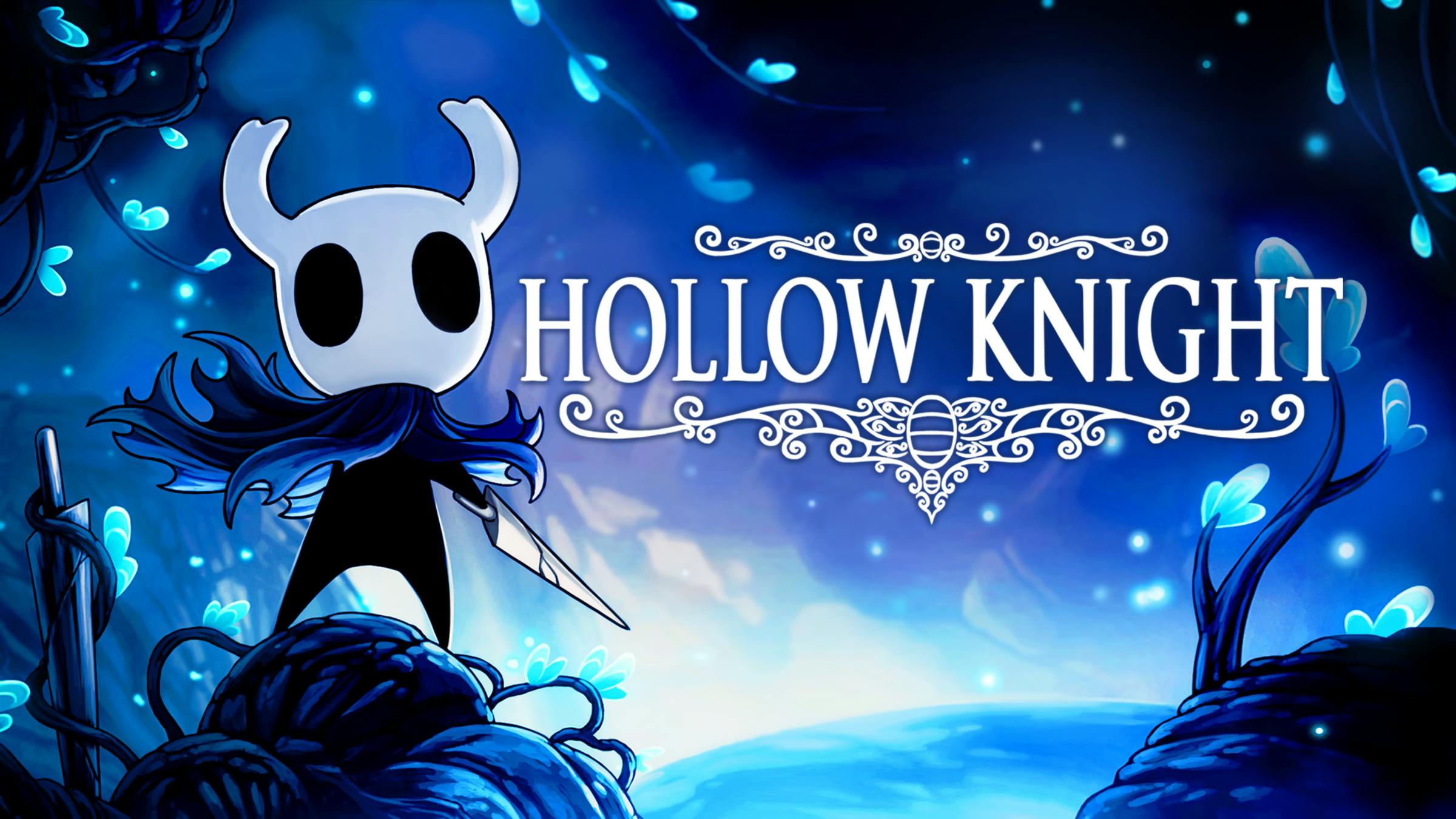
"Hollow Knight" from developers Team Cherry has a unique and consistent social media presence that keeps people engaged with their game despite having a long development cycle.
Collaborating with Influencers and Content Creators
Influencer marketing can be a cost-effective marketing strategy to reach a large, engaged audience. For example, "Undertale" developer Toby Fox collaborated with popular YouTubers and streamers to create gameplay videos, tutorials, boss battle animations, and a let's play series, which helped spread the word and build a strong community around the game. By working with influencers and content creators, you can tap into their existing audience and get your game in front of potentially millions of new fans.

"Undertale" developer Toby Fox collaborated with influencers across multiple channels of content, expanding audience engagement with the game to unprecedented lengths.
Conclusion
By leveraging these early marketing tactics, small studios can build a strong brand voice, engage with their target audience, and build excitement for their game long before it hits the market. But to achieve these goals, you must embrace the art of storytelling. In a world where attention spans are shorter than ever, compelling narratives have the power to capture hearts and minds in a way that mere advertising can't.
The key to success is to create a cohesive brand identity that speaks to your audience on a personal level. Every piece of content you produce, from trailers to social media posts, should fit seamlessly into this overarching narrative, reinforcing your brand's core values and showcasing the unique aspects of your game.
By doing so, you'll not only engage your existing fans but also attract new players who are drawn to your brand's distinct personality. And in today's competitive market, building a strong brand identity is essential for standing out from the crowd and making a lasting impact.
Mudstack is the only asset management and collaboration platform custom-built for game studios and digital artists.
Mudstack is dedicated to improving asset management and collaboration together. You can join our Discord channel to speak directly with our product team or schedule a demo to show us your art production pipeline and see our software in action.
